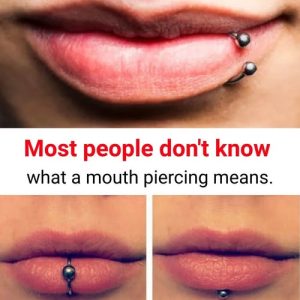Chin hair is very common in women and often a perfectly normal part of biology. As hair follicles cycle through growth, rest, and shedding phases, new hairs can become more noticeable over time. Hormones — especially androgens like testosterone — play a key role. Even relatively small hormonal shifts (due to aging, pregnancy, perimenopause, or menopause) can cause fine “peach-fuzz” (vellus) hairs to transform into thicker, darker (terminal) hairs on the chin.
Genetics also matter: how many androgen-sensitive follicles you have, and how strongly they respond, is largely inherited. Some women have follicles that “wake up” later in life and start producing coarse hairs where before they only had fine fuzz.
That said, while a few chin hairs are often benign, a more sudden increase or very thick hair may point to a condition called hirsutism. Hirsutism is most commonly linked to androgen excess or sensitivity — for example, in polycystic ovary syndrome (PCOS). Other possible, though less common, causes include Cushing’s syndrome or certain medications.
If chin hair bothers you, there are several safe ways to manage it. According to experts, options include tweezing, waxing, threading, shaving, laser hair removal, and electrolysis. For medical cases of hirsutism, treatment could involve hormonal therapy and prescription medications.
In the end, some chin hair is just part of how the body changes naturally — especially as hormone levels shift through life. But if the growth is rapid, dense, or paired with other symptoms (like irregular periods or acne), it might be worth talking to a doctor to rule out an underlying issue.


